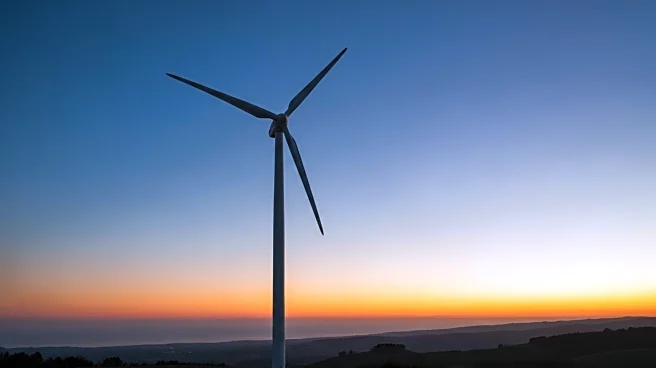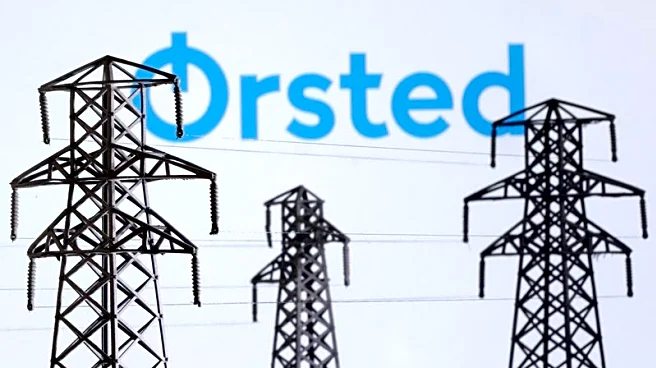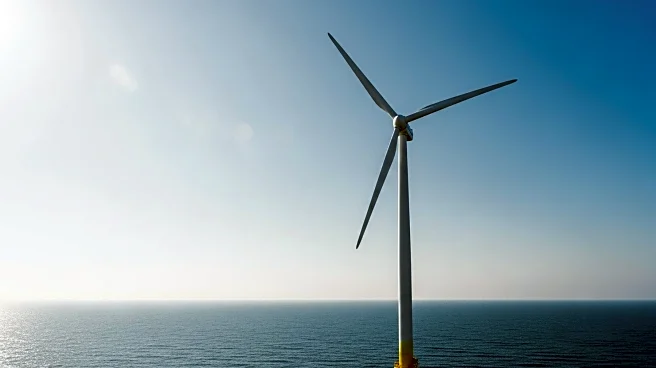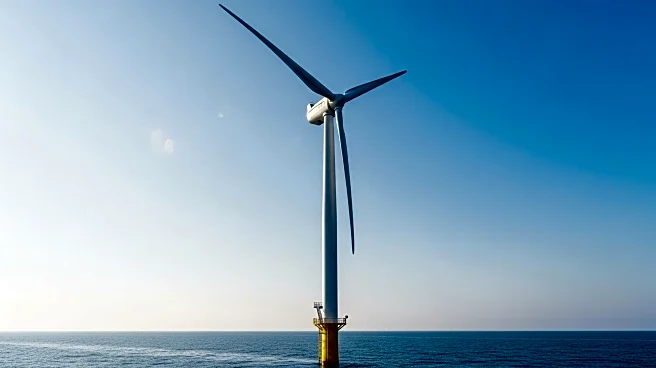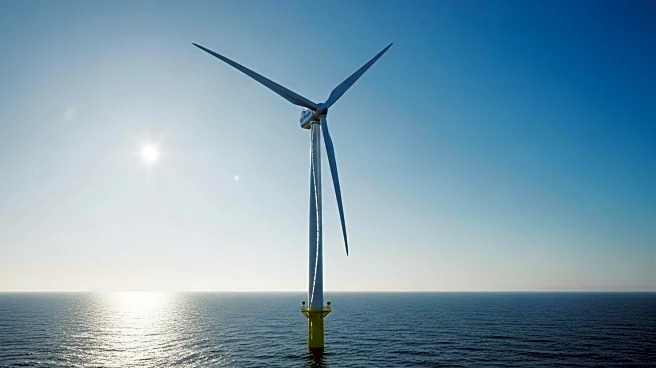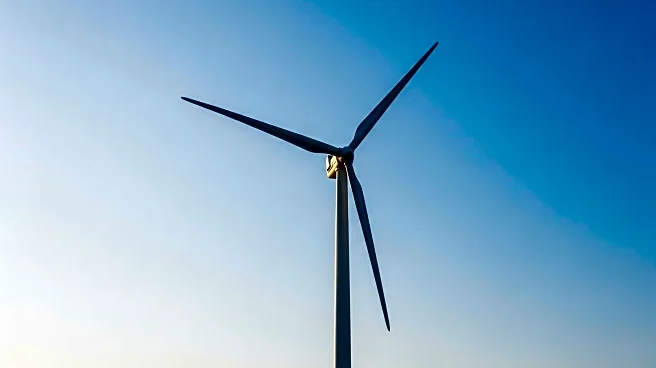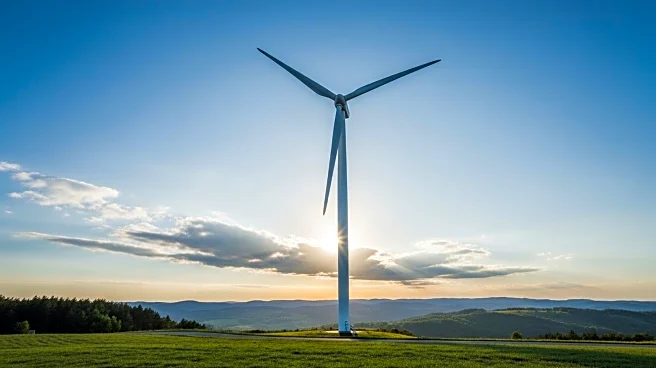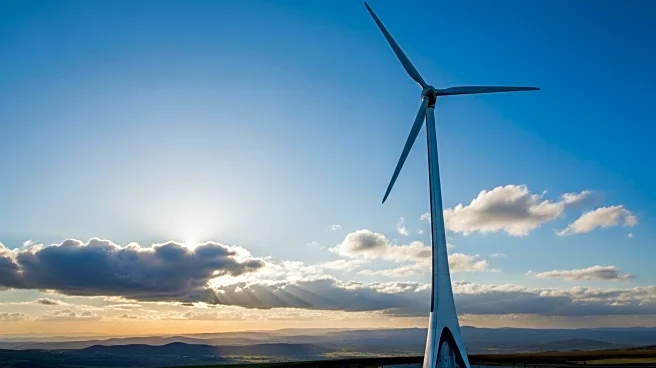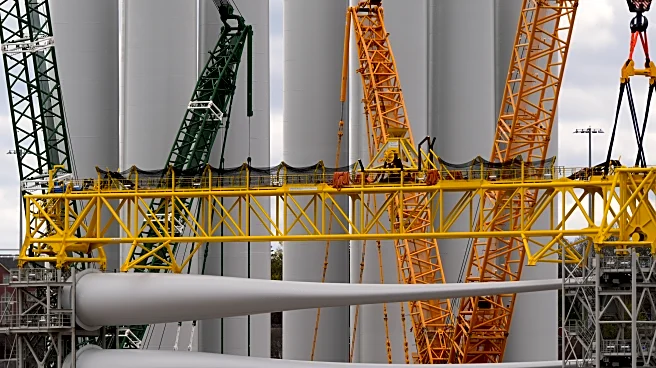What is the story about?
What's Happening?
Shares of Danish renewable energy company Orsted rose significantly after a U.S. court overturned a previous block on its offshore wind project, Revolution Wind. The project, located off the coast of Rhode Island and Connecticut, had been halted by the Trump administration. The U.S. District Court for the District of Columbia granted a preliminary injunction, allowing Orsted to resume construction while the legal proceedings continue. This decision comes as a relief to Orsted, which has faced challenges due to the Trump administration's stance on renewables. The company's shares, which had hit a record low, saw a notable increase following the court's ruling.
Why It's Important?
The court's decision to allow Orsted's wind project to proceed is a significant development for the renewable energy sector in the U.S. It underscores the ongoing legal and political battles surrounding renewable energy projects, particularly those initiated during the Trump administration. For Orsted, resuming construction on Revolution Wind is crucial for its operational and financial goals, as the project represents a major investment in U.S. offshore wind energy. The ruling may also signal a shift in the regulatory environment, potentially encouraging more investment in renewable energy projects and supporting the transition to cleaner energy sources.
What's Next?
With the court's injunction in place, Orsted is expected to resume construction on Revolution Wind promptly. The company will likely focus on completing the project to capitalize on its investment and meet energy production targets. Stakeholders, including environmental groups and local communities, will be monitoring the project's progress and its impact on regional energy supply. Additionally, the legal proceedings will continue, and the outcome could influence future regulatory decisions and policies related to renewable energy projects in the U.S.
Beyond the Headlines
The legal challenges faced by Orsted highlight the broader tensions between renewable energy initiatives and political interests. The case reflects the complexities of navigating regulatory landscapes that can be influenced by changing administrations and policies. It also raises questions about the long-term commitment to renewable energy development in the U.S., as companies and investors seek clarity and stability in the regulatory environment to make informed decisions.
AI Generated Content
Do you find this article useful?
